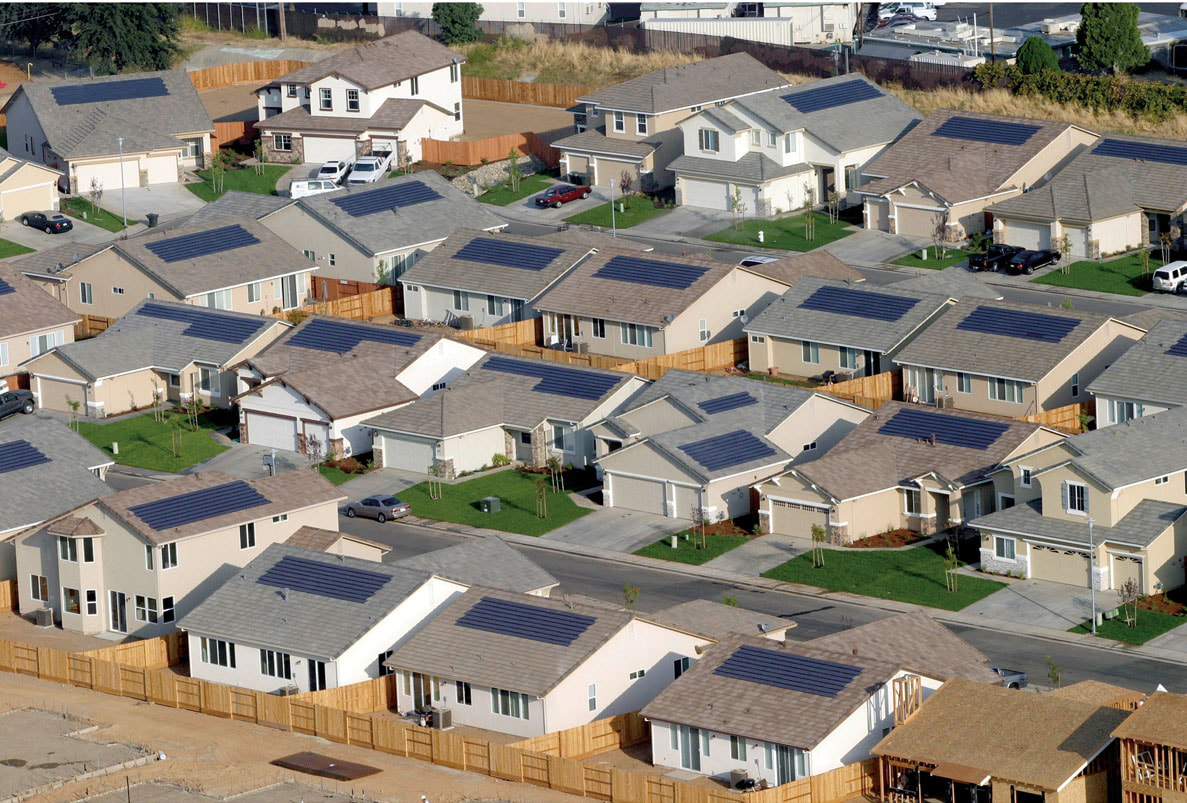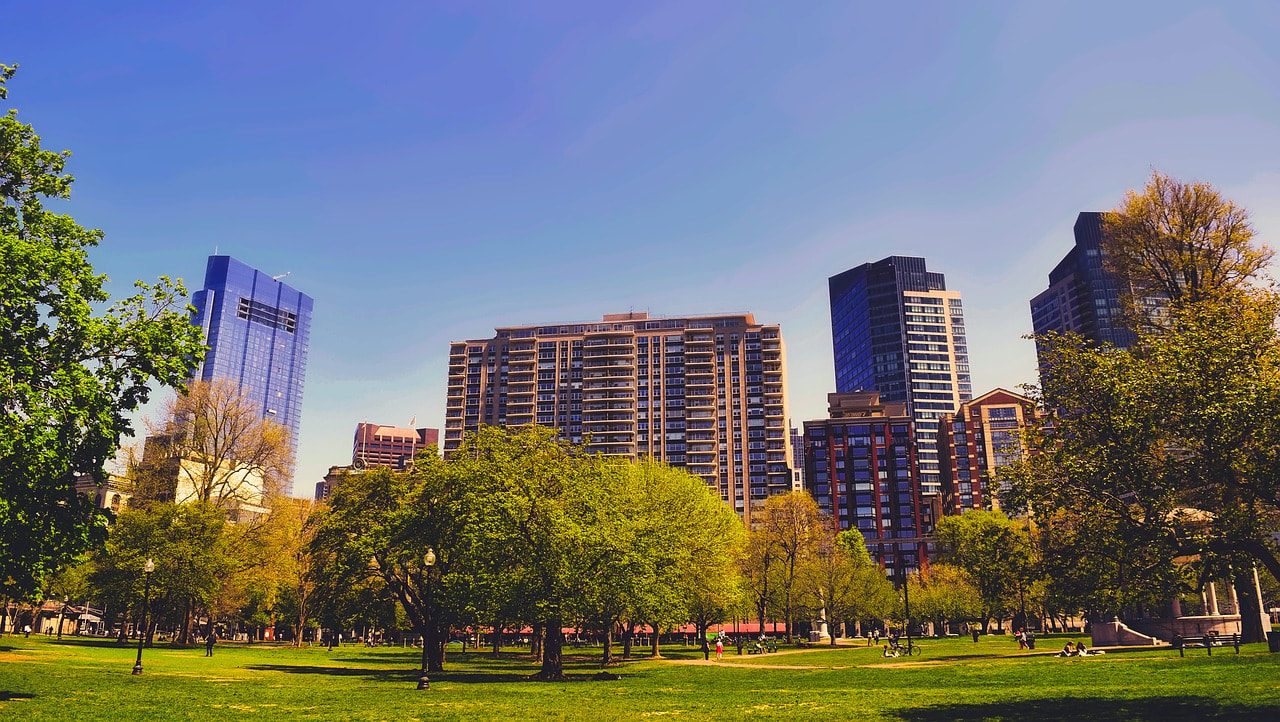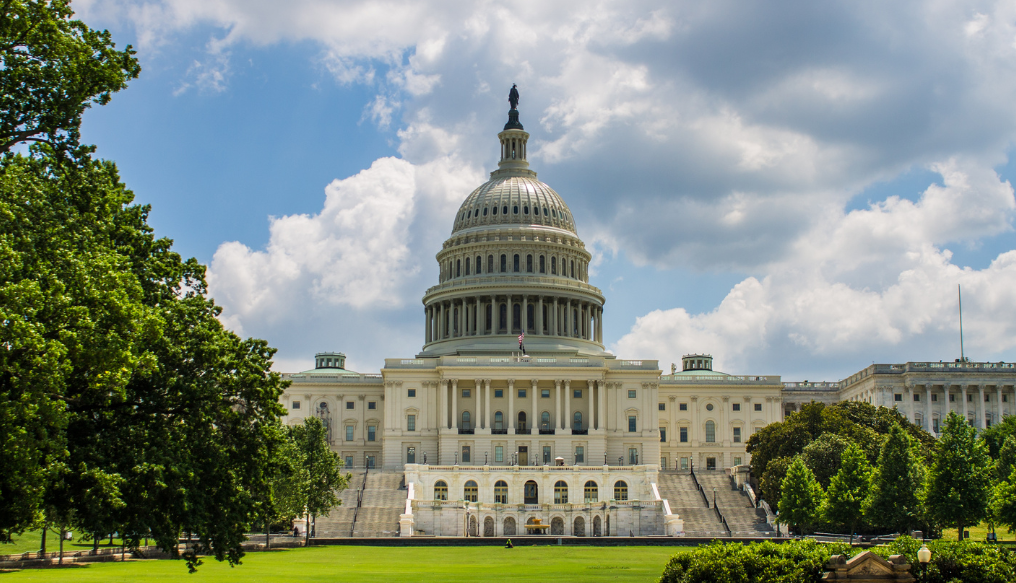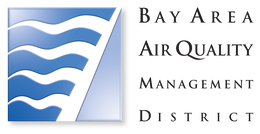The Stretch and Reach Code Toolkit provides local governments with practical resources and innovative case studies to effectively navigate the process for implementing stretch and reach codes to decarbonize buildings. This toolkit covers a wide range of topics, including: why local governments should address building emissions; what local governments can do through stretch and reach codes; and how to center equity and justice in building decarbonization.

Why Buildings?
Importance of Building Decarbonization (IEA): Highlights why decarbonizing buildings is essential for the clean energy transition and what opportunities and challenges exist in this space
Building Decarbonization Is Essential: Here’s How It Works (Elevate, 2022): A short video explaining building decarbonization, its benefits, and its challenges
California Specific
Reach Code Training PowerPoint (California Energy Codes & Standards): Provides CA-specific training for building reach codes including compliance forms and review and field verification efforts. For complementary resources see Local Energy Ordinance Adoption and Implementation
Health
Health Effects from Gas Stove Pollution (RMI, Mothers Out Front, PDS, Sierra Club, 2020): Discusses the relationship between indoor air pollution, respiratory illness, and byproducts of methane gas combustion as well as state and local policy recommendations to mitigate gas stove pollution
Economics
The New Economics of Electrifying Buildings (RMI, 2020): Analyzes the impact of residential electrification and finds that electrification of single-family homes is cost-effective in several states
Importance of Building Decarbonization (IEA): Highlights why decarbonizing buildings is essential for the clean energy transition and what opportunities and challenges exist in this space
Building Decarbonization Is Essential: Here’s How It Works (Elevate, 2022): A short video explaining building decarbonization, its benefits, and its challenges
California Specific
Reach Code Training PowerPoint (California Energy Codes & Standards): Provides CA-specific training for building reach codes including compliance forms and review and field verification efforts. For complementary resources see Local Energy Ordinance Adoption and Implementation
Health
Health Effects from Gas Stove Pollution (RMI, Mothers Out Front, PDS, Sierra Club, 2020): Discusses the relationship between indoor air pollution, respiratory illness, and byproducts of methane gas combustion as well as state and local policy recommendations to mitigate gas stove pollution
Economics
The New Economics of Electrifying Buildings (RMI, 2020): Analyzes the impact of residential electrification and finds that electrification of single-family homes is cost-effective in several states

How To Center Equity And Justice In Building Decarbonization?
Equity and Buildings: A Practical Framework for Local Government Decision Makers (USDN, 2021): Establishes equity fundamentals and critical issues at the intersection of equity and sustainable buildings
Equitable Building Electrification: A Framework for Powering Resilient Communities (Greenling Institute and Energy Efficiency for All, 2019): A 5-step framework to ensure that electrification helps close the clean energy gap in California
Leading with Equity and Justice in the Clean Energy Transition (Green & Healthy Homes Initiative, 2021): Reviews historical injustices and argues for a new approach to center equity within residential building electrification by prioritizing environmental and social justice communities with policy and programmatic implementation recommendations
The Building Electrification Equity Project (Emerald Cities Collaborative, 2020): Summarizes the community perspectives on the equity dimensions of building electrification policies using the Energy Democracy Scorecard and includes major issues and recommendations
Equity and Buildings: A Practical Framework for Local Government Decision Makers (USDN, 2021): Establishes equity fundamentals and critical issues at the intersection of equity and sustainable buildings
Equitable Building Electrification: A Framework for Powering Resilient Communities (Greenling Institute and Energy Efficiency for All, 2019): A 5-step framework to ensure that electrification helps close the clean energy gap in California
Leading with Equity and Justice in the Clean Energy Transition (Green & Healthy Homes Initiative, 2021): Reviews historical injustices and argues for a new approach to center equity within residential building electrification by prioritizing environmental and social justice communities with policy and programmatic implementation recommendations
The Building Electrification Equity Project (Emerald Cities Collaborative, 2020): Summarizes the community perspectives on the equity dimensions of building electrification policies using the Energy Democracy Scorecard and includes major issues and recommendations

What Can Local Governments Do?
Electrification Policy Menu for Local Leaders (Rewiring America, 2023): Provides a wide range of potential electrification policies that local governments can pursue with examples
Introduction to Stretch Codes (NBI): Provides a general explanation about stretch codes for new construction and case studies of stretch codes in action
BBE Understanding Legal Pathways PowerPoint (video) (IMT, 2023): Identifies legal challenges and pathways for decarbonization including fuel standards, building energy performance standards, and gas distribution curtailment for existing buildings
Model Code Language and Tools
Existing Building Decarbonization Code (NBI, 2022) Identifies a new way for jurisdictions to reduce carbon emissions and meet climate action plans, public health, and equity goals through all-electric buildings or mixed fuels
California-Specific
Cost Effectiveness Explorer This tool is designed to help local government policymakers create data-driven policies for reducing greenhouse gas emissions through building decarbonization and energy efficiency measures. See complementary resources CA Statewide Codes and Standards Team
How to Adopt a Reach Code (BayREN): A hub detailing the legal requirements, the process, the timeline, and other resources to adopt a Reach Code in California. See complementary resources at Local Government Resources and Existing Buildings Policy Calculator
Electrification Policy Menu for Local Leaders (Rewiring America, 2023): Provides a wide range of potential electrification policies that local governments can pursue with examples
Introduction to Stretch Codes (NBI): Provides a general explanation about stretch codes for new construction and case studies of stretch codes in action
BBE Understanding Legal Pathways PowerPoint (video) (IMT, 2023): Identifies legal challenges and pathways for decarbonization including fuel standards, building energy performance standards, and gas distribution curtailment for existing buildings
Model Code Language and Tools
Existing Building Decarbonization Code (NBI, 2022) Identifies a new way for jurisdictions to reduce carbon emissions and meet climate action plans, public health, and equity goals through all-electric buildings or mixed fuels
California-Specific
Cost Effectiveness Explorer This tool is designed to help local government policymakers create data-driven policies for reducing greenhouse gas emissions through building decarbonization and energy efficiency measures. See complementary resources CA Statewide Codes and Standards Team
How to Adopt a Reach Code (BayREN): A hub detailing the legal requirements, the process, the timeline, and other resources to adopt a Reach Code in California. See complementary resources at Local Government Resources and Existing Buildings Policy Calculator

Where Have Local Governments Implemented Stretch/Reach Codes?
Zero emissions building ordinances (BDC): Tracks zero-emission building ordinances across the United States by scope, project phase, and occupancy across the country
Building Performance Standards (IMT): Identifies benefits of BPS and provides a snapshot of BPS adoption across the country
Examples of Different Approaches
All Building
Low-Carbon Concrete- Marin County (Marin County): Provides resources for those working with concrete to comply with Marin’s embodied carbon code
Aspen, CO Residential Energy Code /Aspen, CO Commercial Energy Code (City of Aspen, 2023): Establishes the stretch code requirement of AC-to-heat-pump conversion upon replacement for residential and commercial buildings
Existing Buildings
NYC’s Building Energy and Emission Limits Law (City of New York, 2019): Establishes emission limits on buildings over 25,000 sq. ft
Municipal Buildings
City of San Diego Zero Emissions Policy (City of San Diego, 2022): Policy that requires all new municipal construction to be zero net energy, with 50% of existing municipal buildings zero emissions by 2030
Zero emissions building ordinances (BDC): Tracks zero-emission building ordinances across the United States by scope, project phase, and occupancy across the country
Building Performance Standards (IMT): Identifies benefits of BPS and provides a snapshot of BPS adoption across the country
Examples of Different Approaches
All Building
Low-Carbon Concrete- Marin County (Marin County): Provides resources for those working with concrete to comply with Marin’s embodied carbon code
Aspen, CO Residential Energy Code /Aspen, CO Commercial Energy Code (City of Aspen, 2023): Establishes the stretch code requirement of AC-to-heat-pump conversion upon replacement for residential and commercial buildings
Existing Buildings
NYC’s Building Energy and Emission Limits Law (City of New York, 2019): Establishes emission limits on buildings over 25,000 sq. ft
Municipal Buildings
City of San Diego Zero Emissions Policy (City of San Diego, 2022): Policy that requires all new municipal construction to be zero net energy, with 50% of existing municipal buildings zero emissions by 2030

How Does Permitting Affect Stretch and Reach Codes?
California-Specific
Best Practices Guide for Streamlining Electrification Permitting (SVCE, 2020): Provides recommendations and best practices to streamline the permitting and inspection processes and suggestions to help prepare local governments for the transition
California-Specific
Best Practices Guide for Streamlining Electrification Permitting (SVCE, 2020): Provides recommendations and best practices to streamline the permitting and inspection processes and suggestions to help prepare local governments for the transition
The Stretch and Reach Code Toolkit is made possible with a generous grant from the Bay Area Air Quality Management District and the support of our partners at the Bay Area Regional Collaborative and those on the Compass Advisory Committee.

The Stretch and Reach Code Toolkit is made possible with a generous grant from the Bay Area Air Quality Management District and the support of our partners at the Bay Area Regional Collaborative and those on the Compass Advisory Committee.

